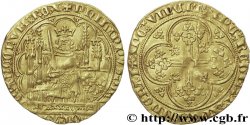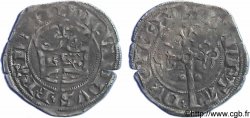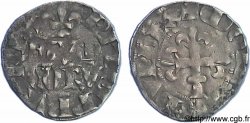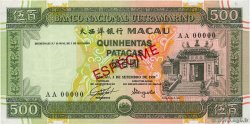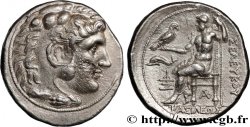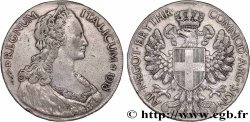- Accueil
- >
- >
Live auction - bry_928978 - PHILIP VI OF VALOIS Gros tournois n.d.
You must signin and be an approved bidder to bid, LOGIN TO BID. Accounts are subject to approval and the approval process takes place within 48 hours. Do not wait until the day a sale closes to register. Clicking on "BID" constitutes acceptance of the terms of use of cgb.fr private live auctions.
Bids must be placed in whole Euro amounts only. The sale will start closing at the time stated on the item description; any bids received at the site after the closing time will not be executed. Transmission times may vary and bids could be rejected if you wait until the last second. For further information check the Live auction FAQ
All winning bids are subject to a 18% buyer’s fee.
All winning bids are subject to a 18% buyer’s fee.
| Estimate : | 1 600 € |
| Price : | 800 € |
| Maximum bid : | 850 € |
| End of the sale : | 10 December 2024 15:53:03 |
| bidders : | 1 bidder |
Type : Gros tournois
Date: 06/09/1329
Date: n.d.
Metal : billon
Millesimal fineness : 958 ‰
Diameter : 25 mm
Orientation dies : 5 h.
Weight : 3,46 g.
Rarity : R3
Coments on the condition:
Le flan est un peu court et légèrement irrégulier. La patine est hétérogène. Les reliefs sont bien venus à la frappe
Obverse
Obverse legend : + PHILIPPVS REX ; LÉGENDE EXTÉRIEURE : + BNDICTV: SIT: NOME: DNI: NRI: DEI: IHV: XPI.
Obverse description : Croix.
Obverse translation : (Philippe, roi ; béni soit le nom de notre seigneur Jésus-Christ).
Reverse
Reverse legend : TVRONVS CIVIS.
Reverse description : Châtel tournois sommé d'une croisette coupant la légende à 12 heures ; bordure extérieure de douze lis dans des oves. Une étoile sous le dernier V de TVRONVS.
Reverse translation : (Cité de Tours).
Commentary
Gros tournois particulièrement rare absent de nombreuses collections se caractérisant notamment par la présente une étoile à 6 heures au revers au-dessus du deuxième V de TVRONVS.








 Report a mistake
Report a mistake Print the page
Print the page Share my selection
Share my selection Ask a question
Ask a question Consign / sell
Consign / sell
 Full data
Full data